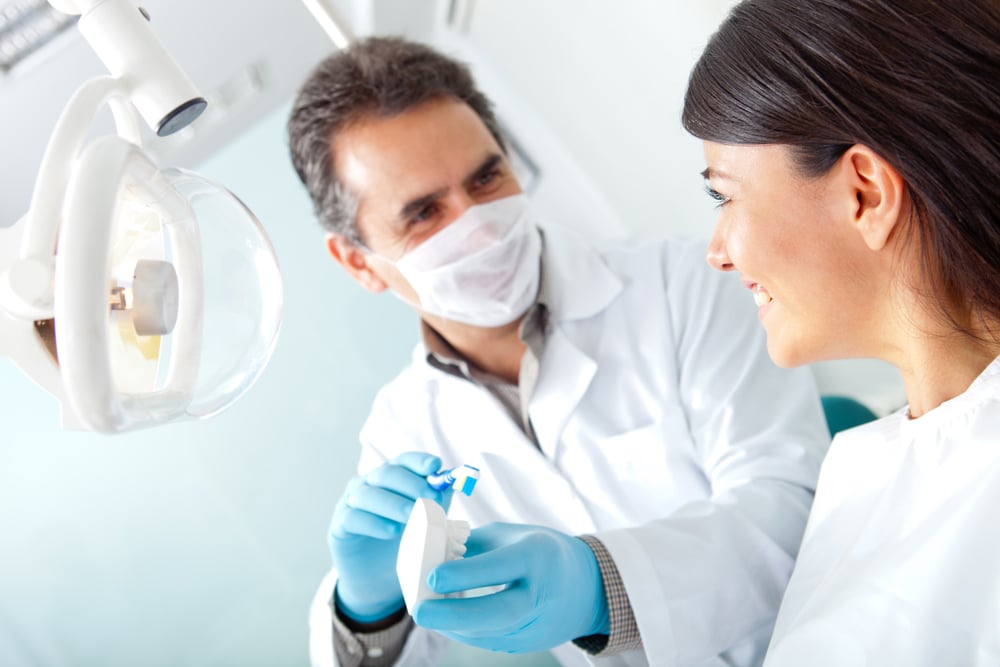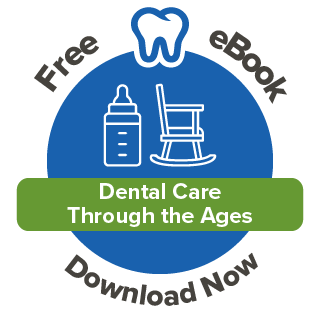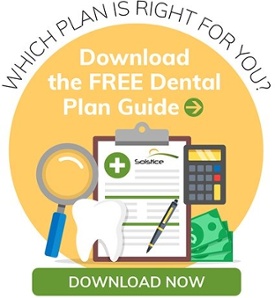By Brooke Ellis on Mar 3, 2021 @ 03:00 PM
Dental PPO (DPPO) insurance plans allow you to visit both in-network and out-of-network dentists, as you might already know. That means if you have a DPPO plan, you can see your favorite dentist—even if they are not a member of your dental plan’s provider network.
Rather than a flat copayment for numerous services (like cleanings), as in other dental plans, DPPO members pay coinsurance. What is a coinsurance in health insurance? It is a percentage of the dentist’s total charge.
- In-network dentists negotiate a fee with your dental insurer. For example, if the negotiated fee for a specific tooth filling is $175, and your plan covers it at 80%, your plan will pay $140, and you are only responsible for $35*.
- If you see an out-of-network dentist, the amount you and your plan will contribute is based on your area’s Usual Customary and Reasonable (UCR) charge.

What happens if I see an out-of-network dentist?
UCR charges are based on percentiles for different dental procedures in an area. There are two ways insurers set these. One way is through local data gathered by organizations like FAIR Health, a national nonprofit used by major insurance companies to set UCR percentiles. Insurers can also calculate their own claims data for specific procedures in that geographic area.
Most of us remember the concept of percentiles from school exams. If you score 65 out of 100, that is a not-so-great grade of D. But if your 65 grade was higher than 90% of the other students in class, you are at the 90th percentile.
UCR values are set at 80% to 90% of local providers have charged that amount or less. Let us simplify: if your insurer’s UCR charge for routine cleaning is $200 at the 80th percentile, eight of every 10 dentists in your local area charge $200 for that same cleaning. The UCR value for the cleaning is $200.

What does UCR mean for me at the dentist?
Imagine you go to your dentist, and you need a root canal. You check your out-of-network benefit summary and learn that your DPPO plan pays for the root canal at 50%* based on the UCR charge at the 80th percentile, which is $1,500.
Your dental office charges $1,000 for the root canal (BELOW your insurer’s UCR rate!). Your plan will pay 50% ($500), and your coinsurance payment will be the remaining $500 if you have met your plan deductible.

That makes sense, but what if my dentist charges more than the insurer’s UCR value?
Let us assume your dentist charges $2,000 for the root canal. Remember that your insurance plan covers this root canal at 50% based on the $1,500 UCR rate. This means that your plan will pay $750.
You would be responsible for coinsurance of $750 and the remaining $500 balance—a total of $1,250. Quite a difference!

What can I do to reduce my monetary responsibility?
Do not get caught by surprise! When going out-of-network for dental care, checking with your dental office and dental plan is a great idea to determine your coinsurance and any other amounts owed. The best way of doing this is to ask for a Predetermination of Benefits whenever possible. This is a way for you and your dentist to get the exact amount of coinsurance for any procedure. And make sure you select the right plan for you and your family with our FREE Dental Plan Selection Guide below!
*This is an example. Please refer to your plan description for specifics on your coverage. Some plans have deductibles that might affect your coinsurance amount.
Want to have Solstice benefits?
Call our sales team at 877.760.2247 or email Sales@SolsticeBenefits.com
Already have Solstice benefits?
See your plan details by going to https://www.mysmile365.com/ or calling us at 1.877.760.2247.





comments